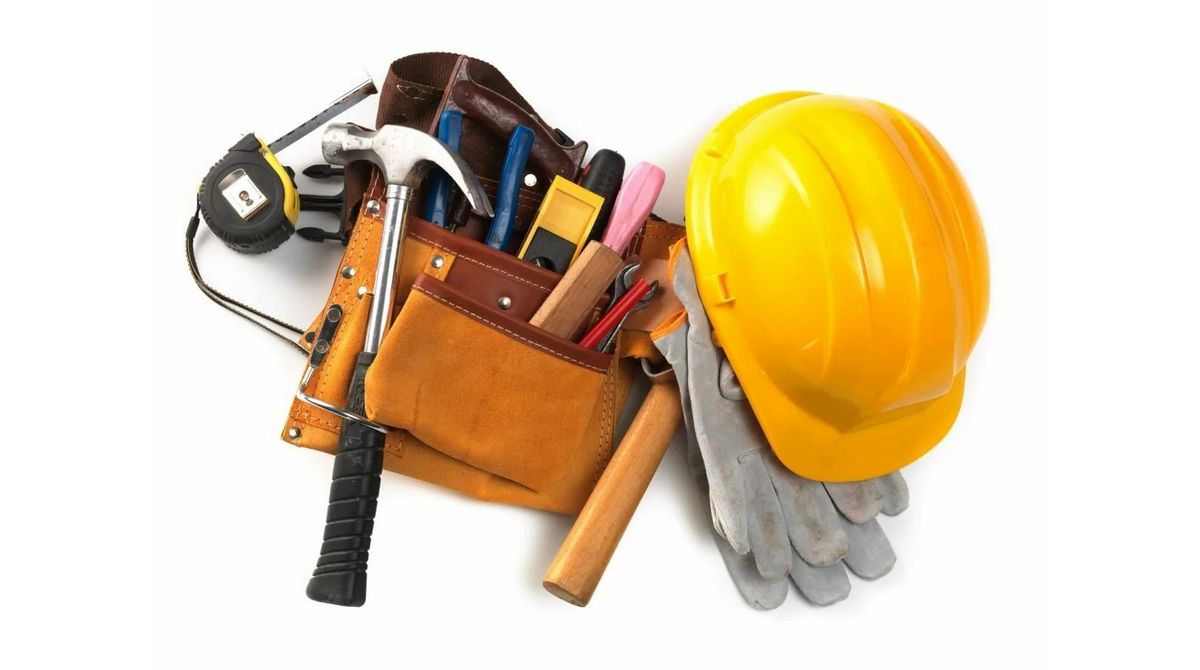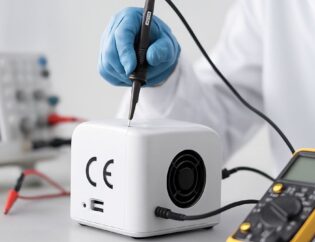
CE Certification According to the Construction Products Regulation
Which Products Are Covered by the 305/2011/EU Construction Products Regulation?
The European Union's 305/2011/EU Construction Products Regulation covers all products used in civil engineering projects that become an integral part of the structure. Construction materials used in projects such as reinforced concrete buildings, steel structures, bridges, tunnels, and asphalt roads are included in this scope and are required to carry the CE mark.
This regulation aims not only for the product to be a part of the structure but also to ensure the product provides a specific performance. For a product to be subject to the CE mark, it is expected to contribute to at least one of the following seven basic characteristics of the structure:
- Mechanical Strength and Stability: Structural steel products (EN 1090, EN 10219), cement and concrete products (EN 197, EN 12620).
- Safety in Case of Fire: Fire alarm systems (EN 54), fire response and resistance tests (EN 13823).
- Hygiene, Health, and Environmental Protection: Chimney systems (EN 1856), waterproofing products (EN 13249).
- Accessibility and Safety in Use: Doors and windows (EN 14351), floor coverings (EN 14041).
- Protection Against Noise: Sound insulation tests (EN ISO 10140).
- Energy Efficiency and Thermal Insulation: Thermal insulation products (EN 13163).
- Sustainable Use of Natural Resources.
CE Certification Processes in the Construction Products Regulation
This regulation covers different certification processes based on the risk levels of the products. These processes are referred to as Performance Consistency Evaluation and Verification Systems (PDDD) and consist of a total of five different systems:
- System 1+: Sampling, type testing, production control, and annual audits.
- System 1: Sampling, type testing, and annual audits.
- System 2+: Production control and annual surveillance audits.
- System 3: Only type testing.
- System 4: A system where notified bodies do not take responsibility.
The first step for manufacturers is to determine the harmonized standards related to their products. These standards also clarify which certification system the product will be subject to.
Cost and Duration of the CE Certification Processes
There are more than 600 harmonized standards under the Construction Products Regulation. This creates differences in certification costs and processes.
The main factors that affect cost and duration are:
- The standard the product is subject to,
- The area of use,
- The required tests,
- The applicable PDDD system.









